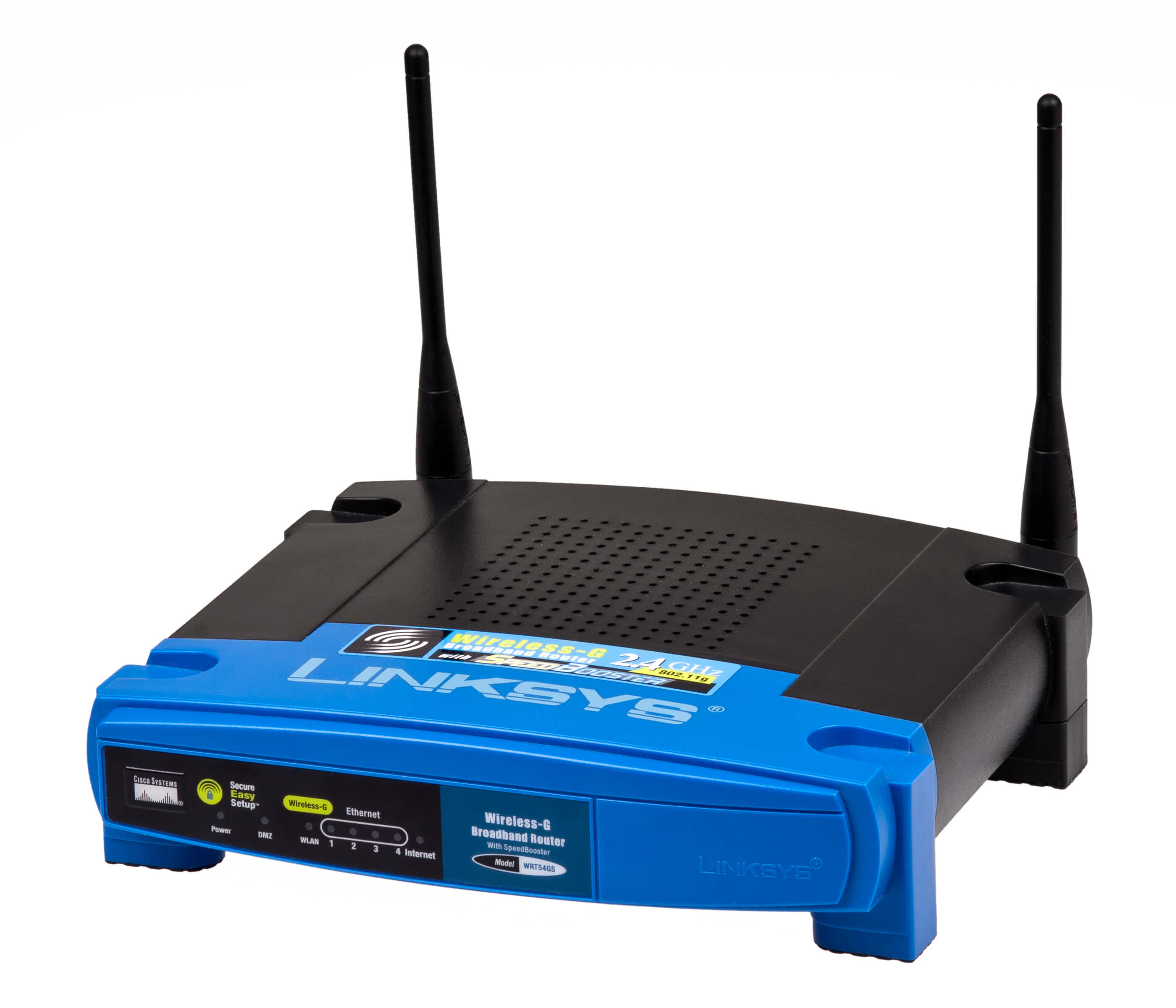In context: OpenWrt's history began in 2004 when US hardware manufacturer Linksys built the firmware for its WRT54G series of wireless routers. The firmware contained code shared through a GNU license, and Linksys was ultimately forced to make the source code of its own implementation available under the same open-source license.
OpenWrt is 20 years old, and its developers have decided to properly celebrate this important milestone with a new community-driven project. OpenWrt One, the first 'fully upstream supported' hardware design in the history of the open-source project, is a hardware platform built around the OpenWrt firmware.
The OpenWrt One proposal, which is subject to the community's formal vote, describes a wireless networking device designed for open-source software enthusiasts. The hardware reference design aims to encourage people to tinker with and learn about embedded development, the proposal states, while the OpenWrt development team will get a share of the revenue on each unit sold.
The idea of an "official" OpenWrt hardware implementation isn't new, developer Petr Štetiar said. The PCB will be built around one of Banana Pi's open-source hardware boards, reusing design features and the form factor of existing PCBs sold by the Chinese company. OpenWrt One is not conceived as a contender for commercial off-the-shelf routers or APs, the developers said; instead, it aims to be a project that's "fully compliant" with copyleft and other FOSS (Free Open Source Software) licenses it uses.

The OpenWrt team has prepared a list of the hardware specs the project's first reference hardware should have. Features include two different NAND Flash chips, which should make the device almost "unbrickable" and easy to restore after a security breach or other serious issues, an M.2 slot for NVMe-based storage options, and a battery-backed real-time clock which any network device "should have" on-board by default to properly manage time in security-related applications (VPN, DNSSEC).
OpenWrt One aims for a $100 price point, with schematics to be made publicly available under a FOSS license. The voting process is ongoing, with 16 developers having already approved the project. If the vote succeeds, the OpenWrt team will finalize the reference hardware design working together with the silicon vendor (MediaTek) and the ODM (Banana Pi).
Banana Pi is expected to provide at least 15 engineering samples to the "interested parties" after the hardware design is done, with additional samples going to the Software Freedom Conservancy (SFC) non-profit organization for license compliance validation. The Linux-based OpenWrt platform must be configured through a command-line interface, and this shell-based approach will likely be preserved with the OpenWrt One reference board as well.
